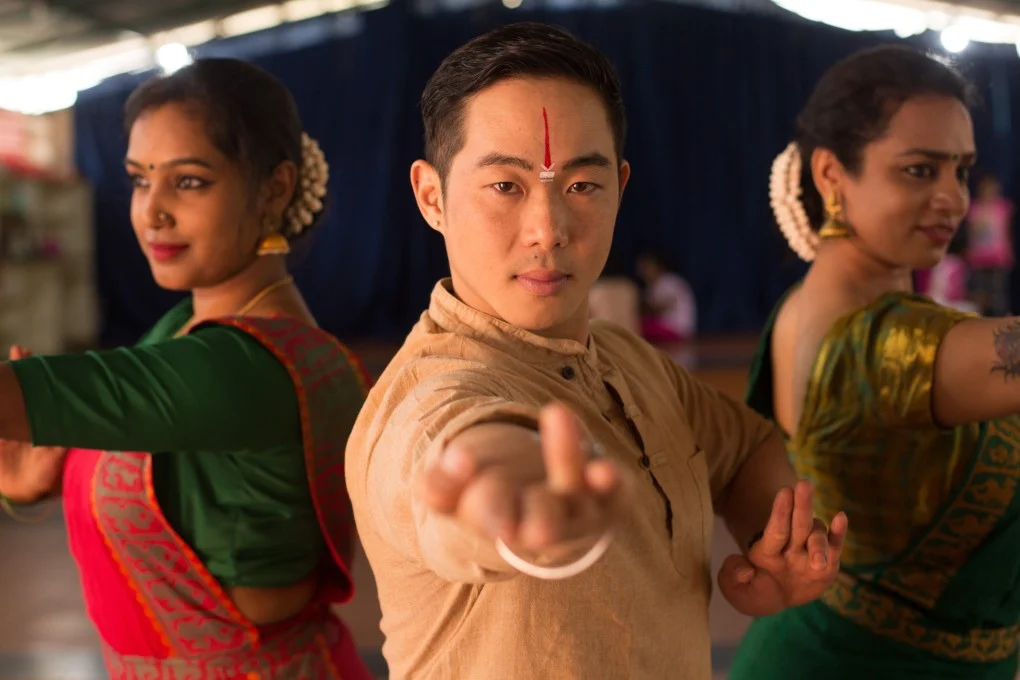Today, Indian society is evolving much faster. From kitchens to courtrooms, Instagram reels to parenting blogs, men are beginning to challenge the traditional definitions of masculinity and breaking gender stereotypes. But are these changes superficial, restricted to urban societies and filtered through social media? Will men be judged differently in the future without stereotyping them as tough and appreciating them for their compassion?
We’ll have to wait to find out.
For centuries, gender roles and stereotypes have been rigid in Indian tradition. From a very tender age, children learn the differences in identity based on biological sex. Men are often perceived as providers, protectors, and decision-makers, while women are typically viewed as homemakers, caregivers, and nurturers.
“You’re a man! Why are you crying?” “How can you wear pink?” “Why do you need to take leave if your child is unwell? Your wife will manage.” — These are some of the stereotypical questions posed to men because crying is unmanly, and supporting the family emotionally is not a “man thing.” From mythology to cinema, these perceptions are reinforced.
One of the earliest shifts came in 1997 through the memorable performance of Kamal Haasan in Chachi 420 – a rare moment where a male superstar portrayed femininity with dignity, humour, and emotion. The cross-dressing role wasn’t just for laughs; it left the audience pondering over gender norms.
The Rise of the New Indian Man
The new Indian man is evolving, and it’s evident in his everyday actions. He’s taking paternity leave, packing school lunch boxes, and openly discussing menstrual health. He’s dancing on stage, not only to macho Bollywood beats but also performing expressive forms like Kathakali and Kathak — forms that were traditionally perceived as feminine due to their emotional depth and grace.
TV shows like The Kapil Sharma Show have also normalised male actors donning female avatars. Although mostly comic, many performers have voiced their opinions about the surprising freedom they feel portraying women. It gives them the chance to shed machoism and connect with playfulness, emotion, and vulnerability.
Social media influencers like Ankush Bahuguna too promote the idea of gender equality and the dissociation of materialistic things from women. Ankush uses his platform to talk about skincare and makeup for men, shattering the idea that grooming is gendered. Many others are conducting period awareness campaigns, proudly saying the words “menstruation” and “sanitary pads” without discomfort.
Topics like male body positivity, mental health, toxic femininity, and 50-50 partnerships in marriage are sparking intense debate. While some users are genuinely interested in change, others are resistant, dismissing it as woke elitism.
That’s not all. The kitchen, once seen as a female domain, is now a shared space. Many modern Indian households are led by stay-at-home dads while their wives pursue full-time careers. This isn’t just role reversal — it’s role redefinition.
Reformation of Stereotypes – Urban vs Rural Acceptance
The shift in gender stereotypes is predominant in India’s metros and Tier 1 cities, where education, exposure, and economic freedom are the drivers. As women gain more education and enter the workforce in larger numbers, men are compelled to reevaluate their roles. Relationships are also becoming more balanced, with mutual respect slowly replacing patriarchy.
However, in Tier 2 and Tier 3 towns, where tradition, honour, and social scrutiny hold tighter reins, this transformation is yet to fully begin. Household chores are still women’s responsibility, and mental health remains taboo. The rural men, even today, are mocked for expressing emotion or deviating from the norm.
So, while the revolution is real, it’s uneven, and gender inequality remains.
Conclusion – Are Men Breaking Gender Stereotypes?
Yes, Indian men are breaking gender stereotypes, but it’s a journey, not a destination. The rise of the “new Indian man” signals that we’re moving toward a more compassionate, balanced society. But this evolution is far from universal. While urban men are embracing pink shirts, parenting, poetry, and paternity leaves, millions still struggle under the weight of “mard ko dard nahi hota” expectations.
The hope lies in younger generations. Fathers must tell their sons it’s okay to cry. Schools must teach empathy, while content creators must make vulnerability go viral.
The future of Indian masculinity isn’t about flipping roles; it’s about flexibility. When a man can be a caregiver without ridicule or a woman a CEO without resistance, only then can we say the stereotype is truly broken.
Until then, we must keep asking, challenging, and unlearning. One pink shirt, one tear, and one open conversation at a time.
Article by Gayatri Sarin

